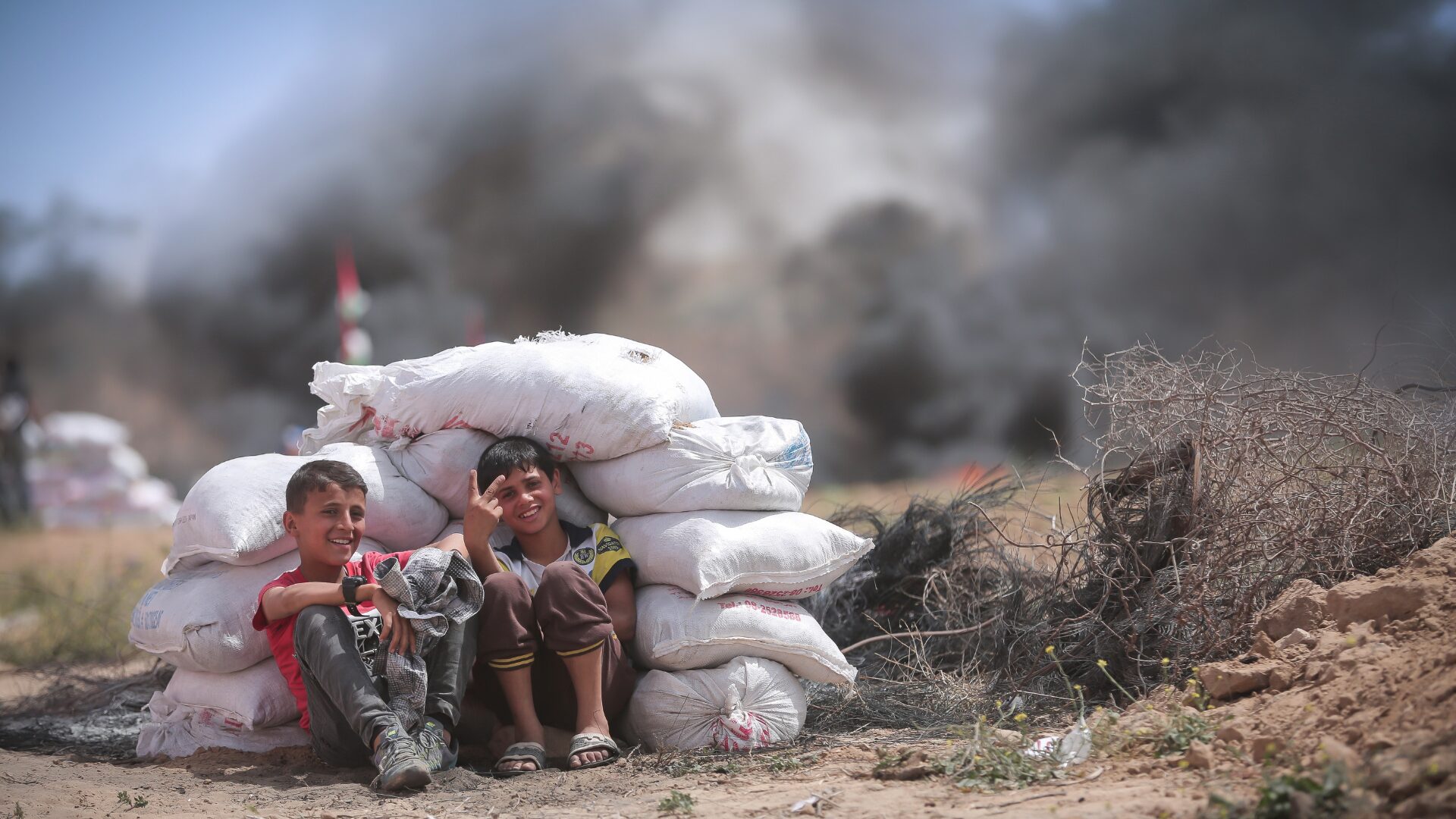Date first published: 23/01/2025
Key sectors: all
Key risks: war-on-land; regional stability
Risk development
On 19 January a ceasefire agreement came into effect following 15 months of an incessant war between Israel and Hamas in Gaza. The truce – mediated by the United States (US), Qatar and Egypt – is to be implemented in three phases and entails hostage exchanges, humanitarian aid, the safe return of displaced people across the Gaza Strip and the gradual withdrawal of Israeli forces from the territory.
Why it matters
With Hamas remaining in control of Gaza until further notice, suspicion lingers – especially among the Israeli government – that an attack similar to 7 October 2023 might occur again. Prime Minister Benjamin Netanyahu on 20 January vowed “to ensure that Gaza never again poses a threat to Israel”. Meanwhile, Hamas pledged to “rise again” and “rebuild what the occupation has destroyed”, but also signalled its readiness to engage in dialogue with the new Trump administration in Washington that took office on 20 January.
Since the ceasefire came into effect, reports indicated that Israel Defense Forces (IDF) troops still operate in Gaza. On 20 January an Israeli sniper shot and killed a Palestinian child in Rafah while on 22 January IDF troops killed an alleged militant in Southern Gaza.
Background
It is the second time the warring parties laid down their arms since 7 October 2023. The first truce, also negotiated by Washington, Doha and Cairo, lasted merely one week upon its installation on 24 November 2023. At the time, Tel Aviv clearly stated that the truce would only be temporary, while the latest ceasefire is meant as a path towards ending the war that has led to the death of almost 50,000 people on both sides and displaced 1.9 million Palestinians and 100,000 Israelis.
The 19 January truce consists of three phases – the first spans 6 weeks during which the belligerents shall deliberate terms for a lasting truce. During these initial 42 days, 33 hostages are to be returned to Israel in exchange for the release of 1,900 Palestinian prisoners and detainees. So far, three hostages have returned home and 90 Palestinian prisoners have been freed, with the next hostage-prisoner swap set to take place on 25 January. Additionally, 600 truckloads of aid are to enter Gaza every day. On the first day already, 630 trucks entered the territory.
In addition to these terms, IDF troops are to withdraw from central Gaza during the initial phase of the ceasefire, including the Netzarim Corridor which had been key for the Israeli military to launch raids in Northern and Southern Gaza since the start of the invasion on 27 October 2023.
Risk outlook
On 4 February the warring parties are due to initiate negotiations for phase 2 of the truce. However, the step-by-step release of hostages and prisoners, and the subsequent reactions of people on the ground, might not be enough to pressure the adversaries to uphold the ceasefire. Hamas’ hold on power in Gaza, a divided public stance in Israel and a profound lack of trust on both sides – fuelled by almost two decades of belligerence and five wars since 2007 – will certainly lead to complications down the line. While Palestinians in Gaza hope for reconstruction, lasting peace and autonomy, the IDF launched a counterterrorism operation in Jenin, occupied West Bank, on 21 January, killing nine Palestinians. In this context, further violence and breaches of the ceasefire in Gaza are likely.
Members of the AKE Community receive one Analytical Briefing a week on the most pressing developments from across the world. If you want to receive such a briefing every week and much more, become a member of the AKE Community today!

